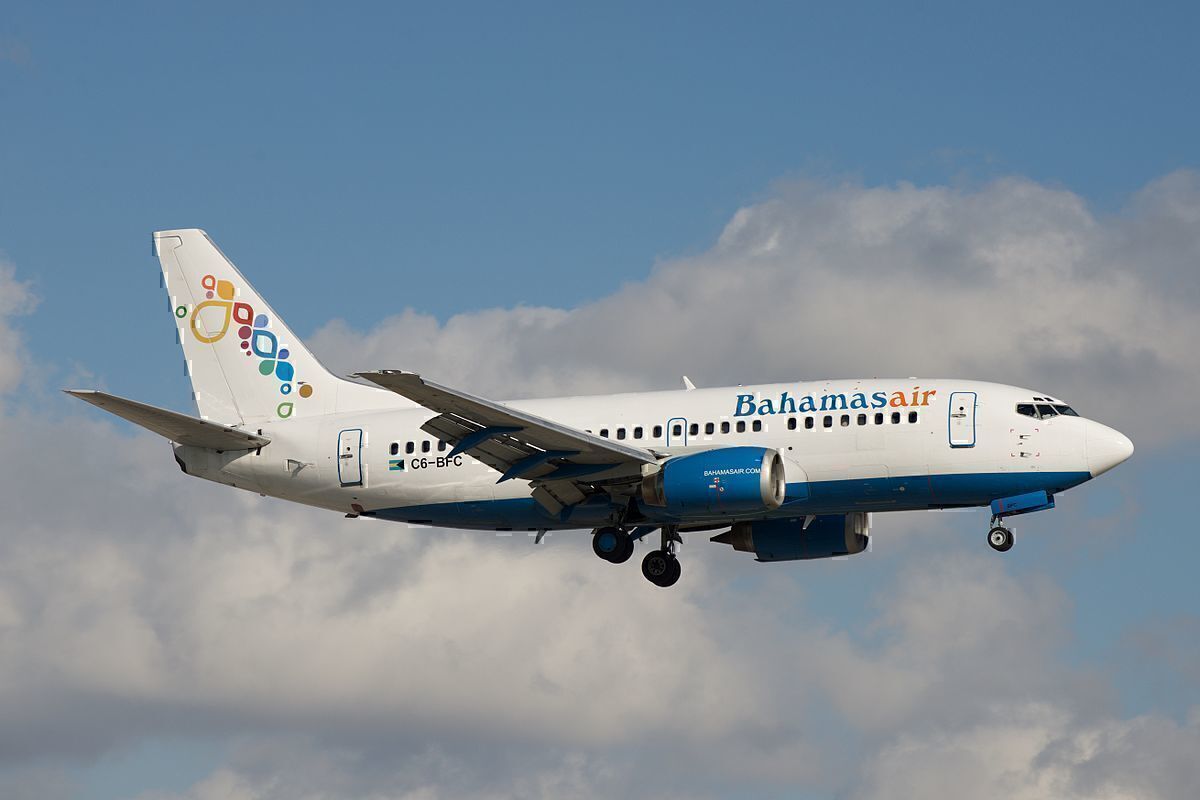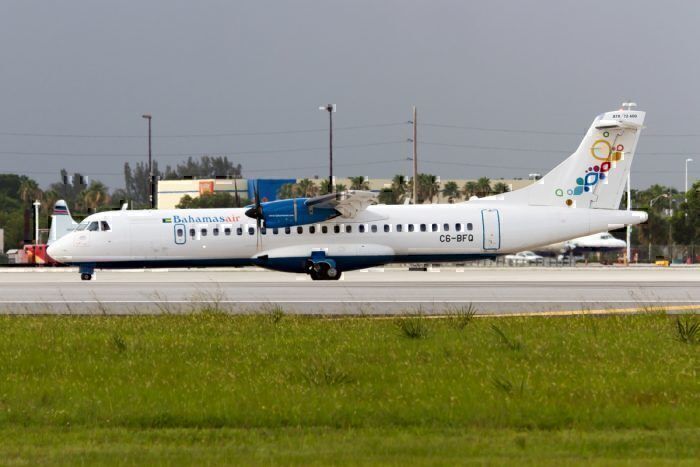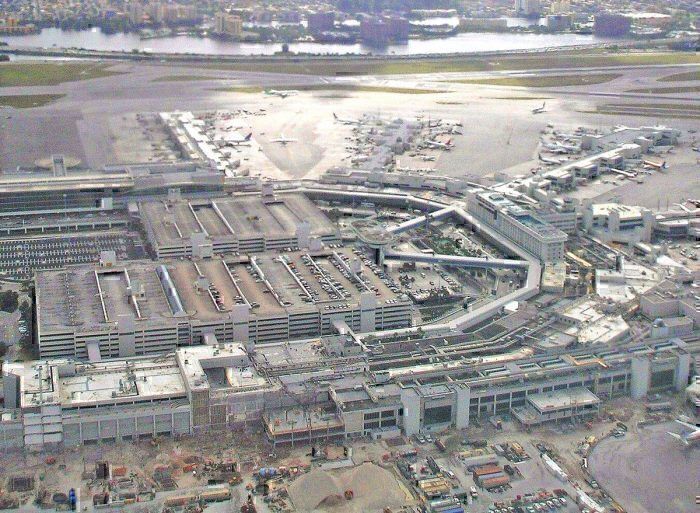Some of Bahamasair's aircraft are now banned from operating within the U.S. after the airline failed to adhere to a system update notice. The airline was given a 10-year deadline by the FAA to complete the installation of enhanced surveillance software. But due to its failure to comply, Bahamasair's Boeing 737-500 cannot enter the United States.
A decade of forewarning
Back in May 2010, the Federal Aviation Administration (FAA) issued a warning for all aircraft in Class A, B, and C airspace to be compliant with ADS-B software by the start of 2020. The new technology is designed to enhance aircraft surveillance and was a requirement as of 1st January 2020.
However, despite the decade-long forewarning, Bahamasair appears to have started the new year without the installation of the new technology. And as a result, it will be unable to operate in the United States until it has the surveillance software installed.
But what happened for Bahamasair to get it all so wrong? Well, we can easily chastise Bahamasair for leaving the installation to the last minute. It had ten years to get the fix sorted and, what's more, it has just three 737-500s. It really shouldn't have taken the airline that long to implement.
So, why did Bahamasair leave it so late?
Although there can be no excuses for completing the installation at the final second, the ADS-B deficiency cannot be totally blamed on Bahamasair. The airline did have good intentions and was on course to have the system fitted by the end of 2019. But it was let down.
Speaking to Eyewitness News, the Chairman of Bahamasair said that the airline was able to secure the systems in its other aircraft. However, the 737-500 system addition did not go ahead. Tommy Turnquest said:
“The 737-700 series we were able to get the kit for and the 5 ATRs we were able to get the kits for...The three 737-500s, the supplier was unable to provide the kit in time, despite all the assurances they gave the maintenance management at Bahamasair...none of our planes are grounded, they just are unable to go to the United States of America.”
He added that the airline was looking for another supplier to meet its needs who would be able to fit the system in as little as three weeks. By comparison, the existing company told Bahamasair that it could work to a deadline of two months, delivering the project in March 2020.
Reordering schedules to meet demand
Whether the flag carrier of The Bahamas can get the fix by this month is, at this point, irrelevant. The air carrier is already feeling the brunt of the existing indiscretion. It's had to reorder its schedule with its remaining fleet of six unrestricted aircraft.
It is now using its only 737-700 and its three ATR-42 and two ATR-72s to complete routes to the United States. These aircraft are picking up the slack from the defunct 737-500s to destinations in West Palm Beach, Fort Lauderdale, and Miami.
But, despite the strain on the other aircraft and the less than ideal situation, the airline seems relatively calm. It believes that it will be able to manage demand on the reduced fleet and it will only need to wet-lease twice before the issue is fixed. Today (4th January 2020) the aircraft is expected to lease one flight to South Florida and one flight to Central Florida to keep up with its pre-existing commitments.
Bahamasair has definitely made the most of a bad situation. Let's hope that it can get those ADS-B systems installed pronto. Do you think it will? Let us know in the comments!



